
Understanding Hair Porosity: The Key to Healthy, Vibrant Hair
When it comes to achieving healthy, vibrant hair, understanding your hair's unique characteristics is crucial. One of the most important yet often overlooked aspects of hair care is hair porosity. This blog will guide you through what hair porosity is, why it matters, and how to tailor your hair care routine accordingly.
What is Hair Porosity?
Hair porosity refers to your hair's ability to absorb and retain moisture. It’s determined by the condition of the outer layer of your hair, known as the cuticle. The cuticle's structure influences how easily moisture and oils pass in and out of your hair.
The Three Levels of Hair Porosity
There are three main types of hair porosity:
-
Low Porosity:
-
Characteristics: The cuticles are tightly packed and flat, making it difficult for moisture to penetrate.
-
Signs: Hair takes a long time to dry, products sit on the hair without absorbing, and water beads up on the surface.
-
-
Medium (Normal) Porosity:
-
Characteristics: The cuticles are slightly raised, allowing moisture to be absorbed and retained efficiently.
-
Signs: Hair feels smooth, retains moisture well, and requires minimal maintenance.
-
-
High Porosity:
-
Characteristics: The cuticles are raised or damaged, causing moisture to be absorbed easily but lost just as quickly.
-
Signs: Hair dries quickly, appears frizzy, and is prone to breakage and tangling.
-
Why Hair Porosity Matters
Understanding your hair’s porosity is essential for choosing the right products and techniques. The wrong products can either sit on the hair without penetrating (in the case of low porosity) or fail to provide enough moisture and protection (in the case of high porosity).
How to Test Your Hair Porosity
Here’s a simple way to test your hair porosity at home:
-
The Float Test:
-
Take a few strands of clean, dry hair.
-
Drop them into a bowl of water.
-
Observe for 2-4 minutes.
-
If the hair floats, you have low porosity.
-
If it sinks slowly, you have medium porosity.
-
If it sinks quickly, you have high porosity.
-
-
Tailoring Your Hair Care Routine
For Low Porosity Hair:
-
Use lightweight, water-based products.
-
Incorporate steam or warm water to help open the cuticle and allow moisture in.
-
Avoid heavy oils and butters that can sit on the hair unless applied on wet hair.
For Medium Porosity Hair:
-
Use a balanced routine with moderate protein and moisture.
-
Maintain hair health with regular conditioning.
For High Porosity Hair:
-
Use moisturizing and sealing products to help retain moisture.
-
Incorporate protein treatments to strengthen the hair. Use acidic ingredients to tighten up your cuticles.
-
Avoid heat and harsh chemical treatments that can further damage the cuticle.
Conclusion
Understanding your hair porosity is a game-changer in achieving healthy, vibrant hair. By identifying whether your hair is low, medium, or high porosity, you can select the right products and care routines tailored to your hair’s specific needs. Embrace your hair’s unique characteristics and unlock its full potential by giving it the care it truly deserves.
For more personalized hair care tips and products tailored to your hair porosity, explore Dr. Kanks' range of porosity-specific solutions. Start your journey to healthier, more vibrant hair today!

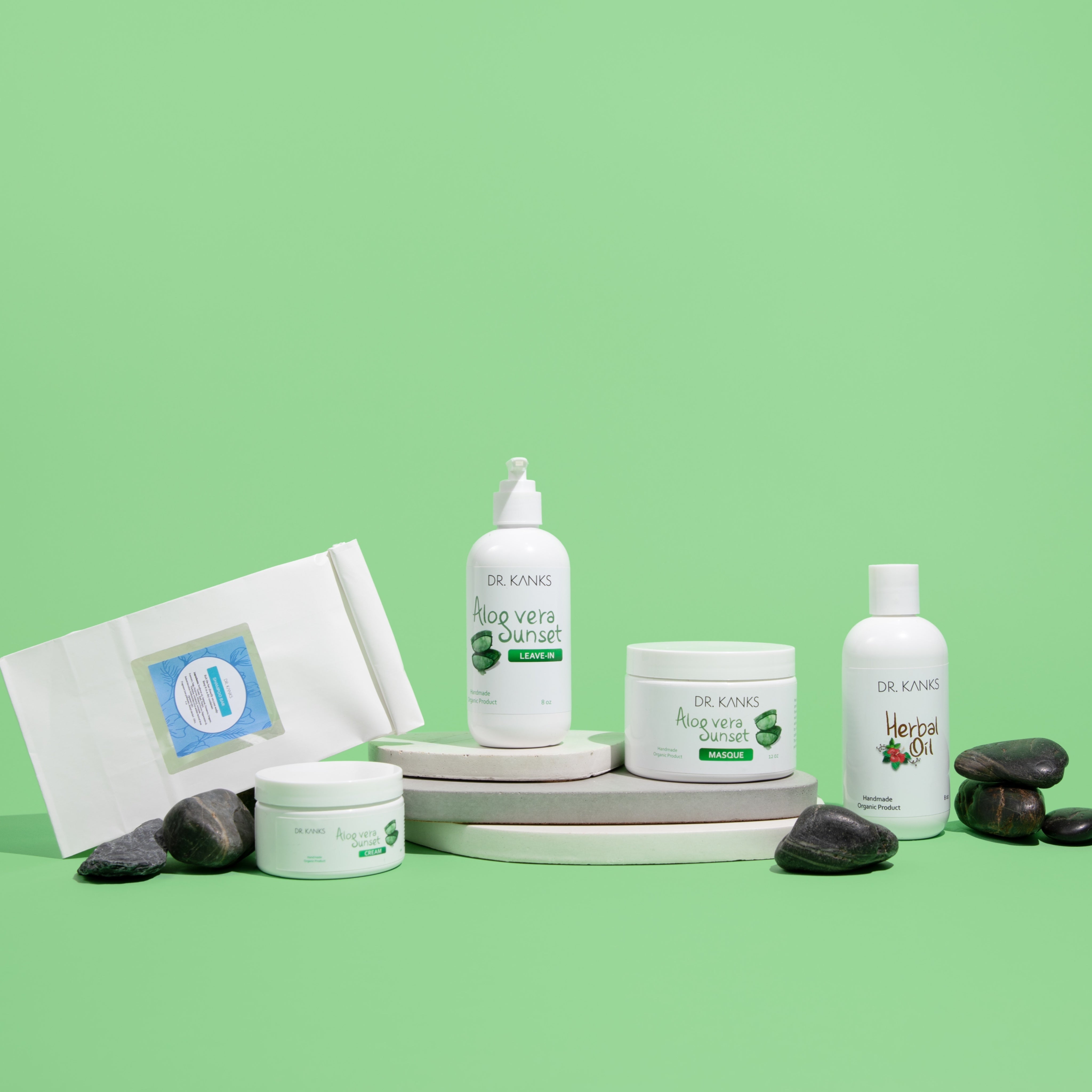
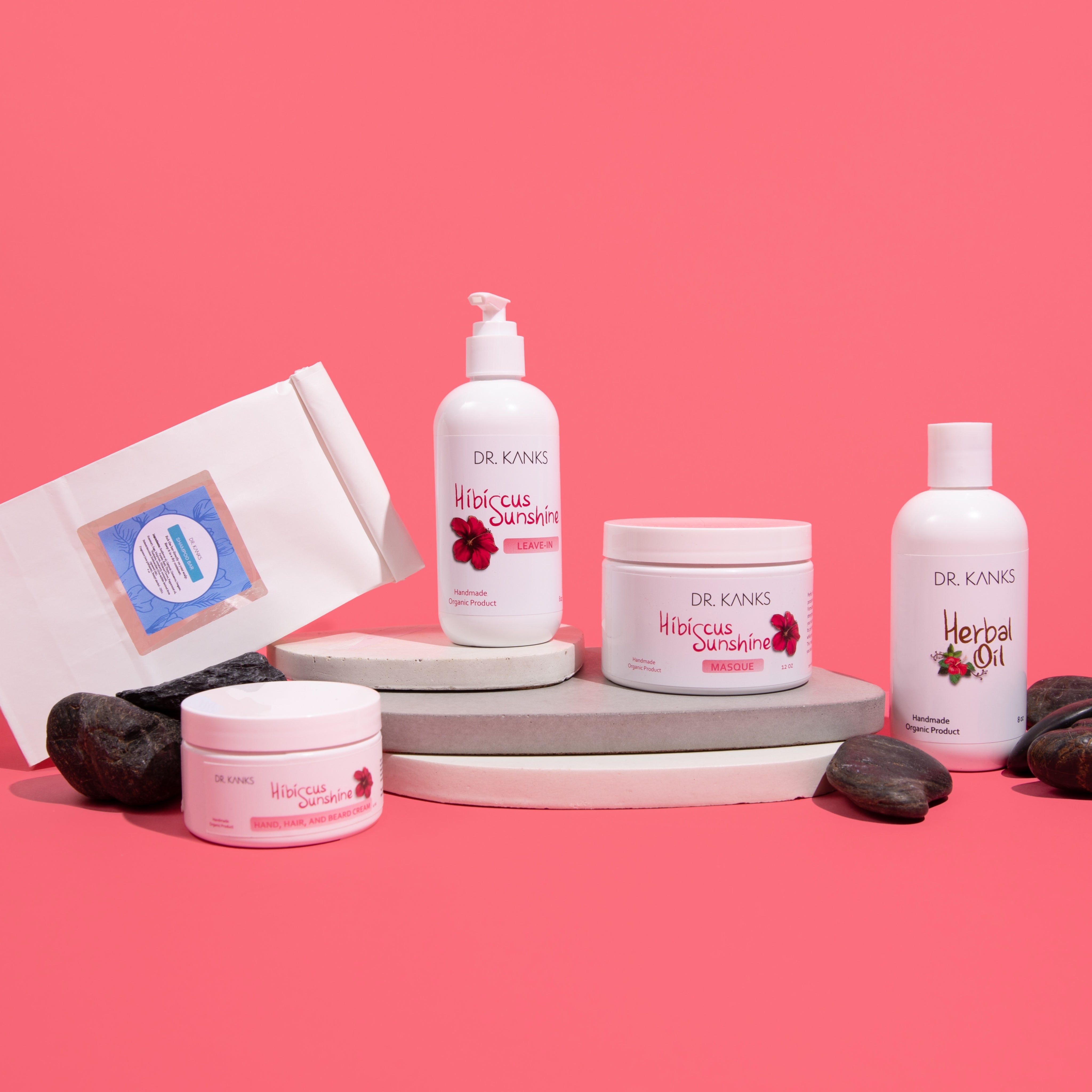
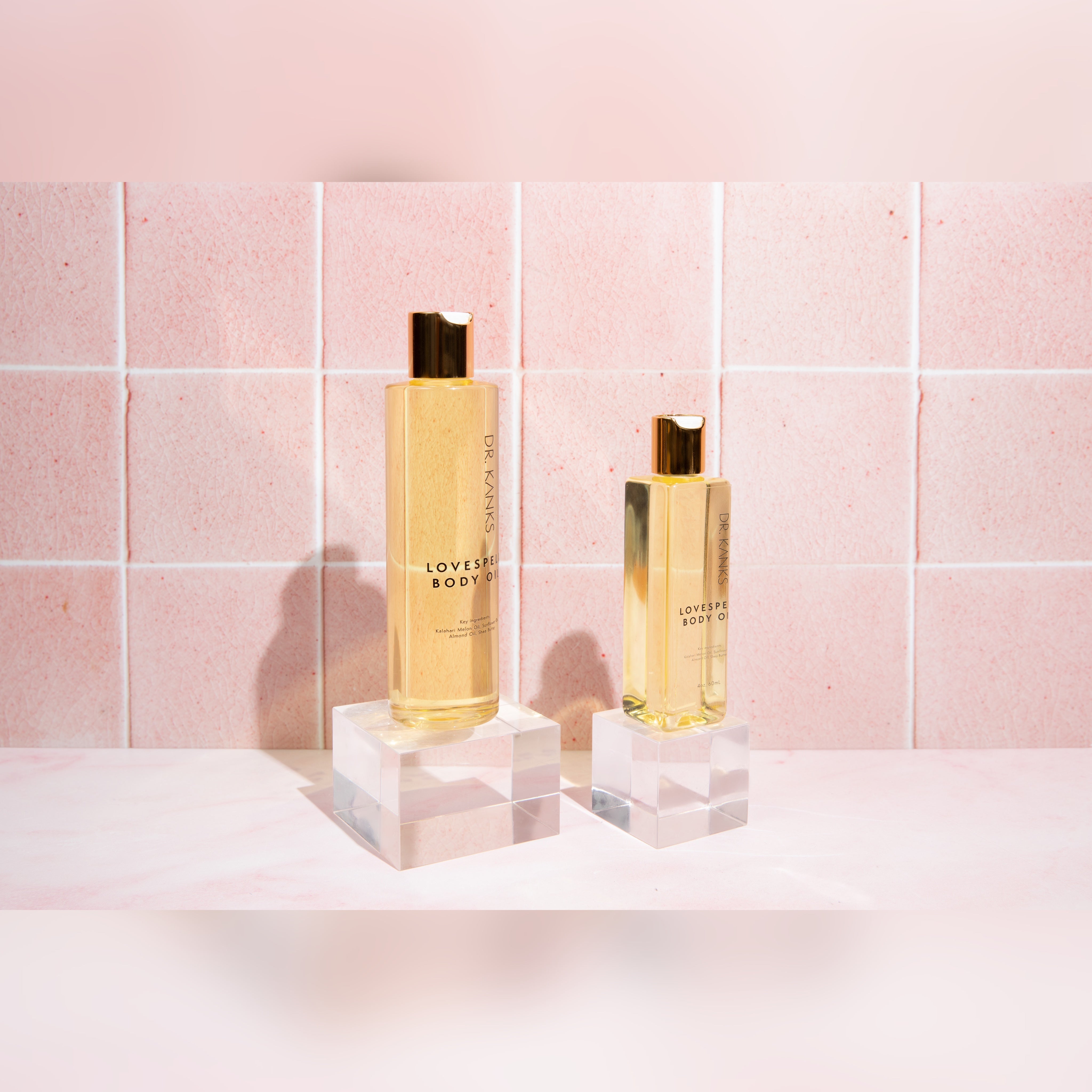
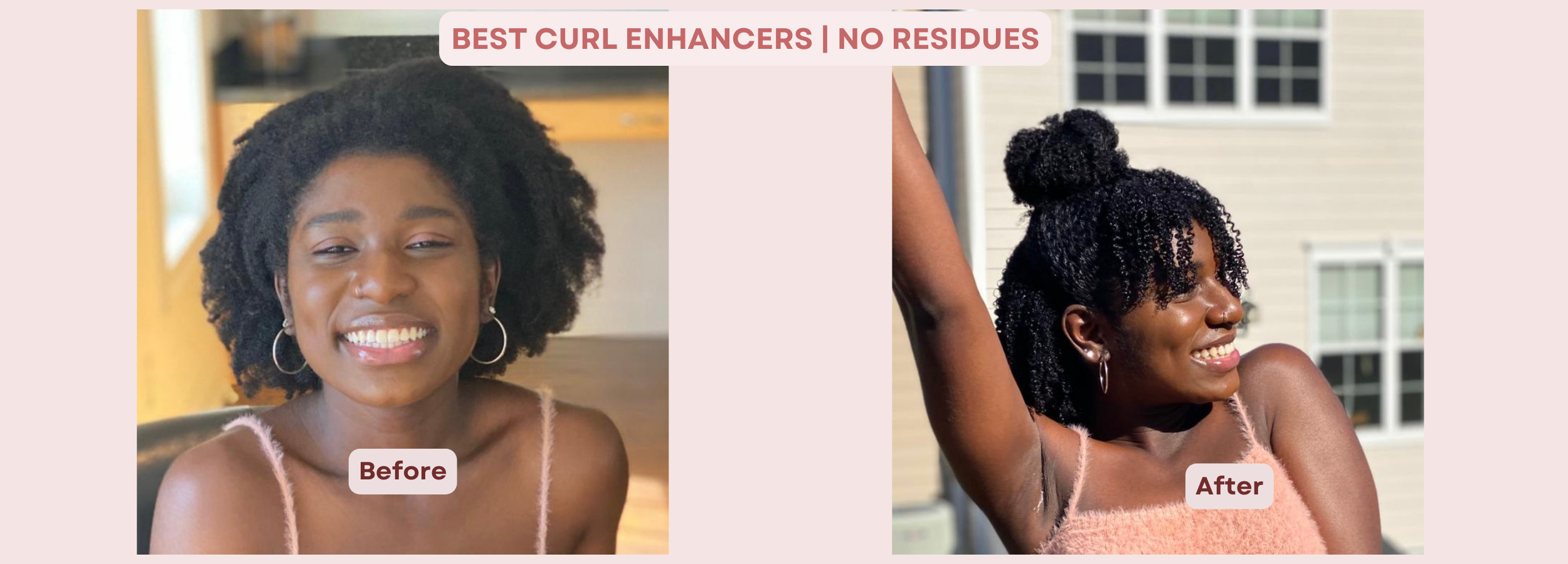
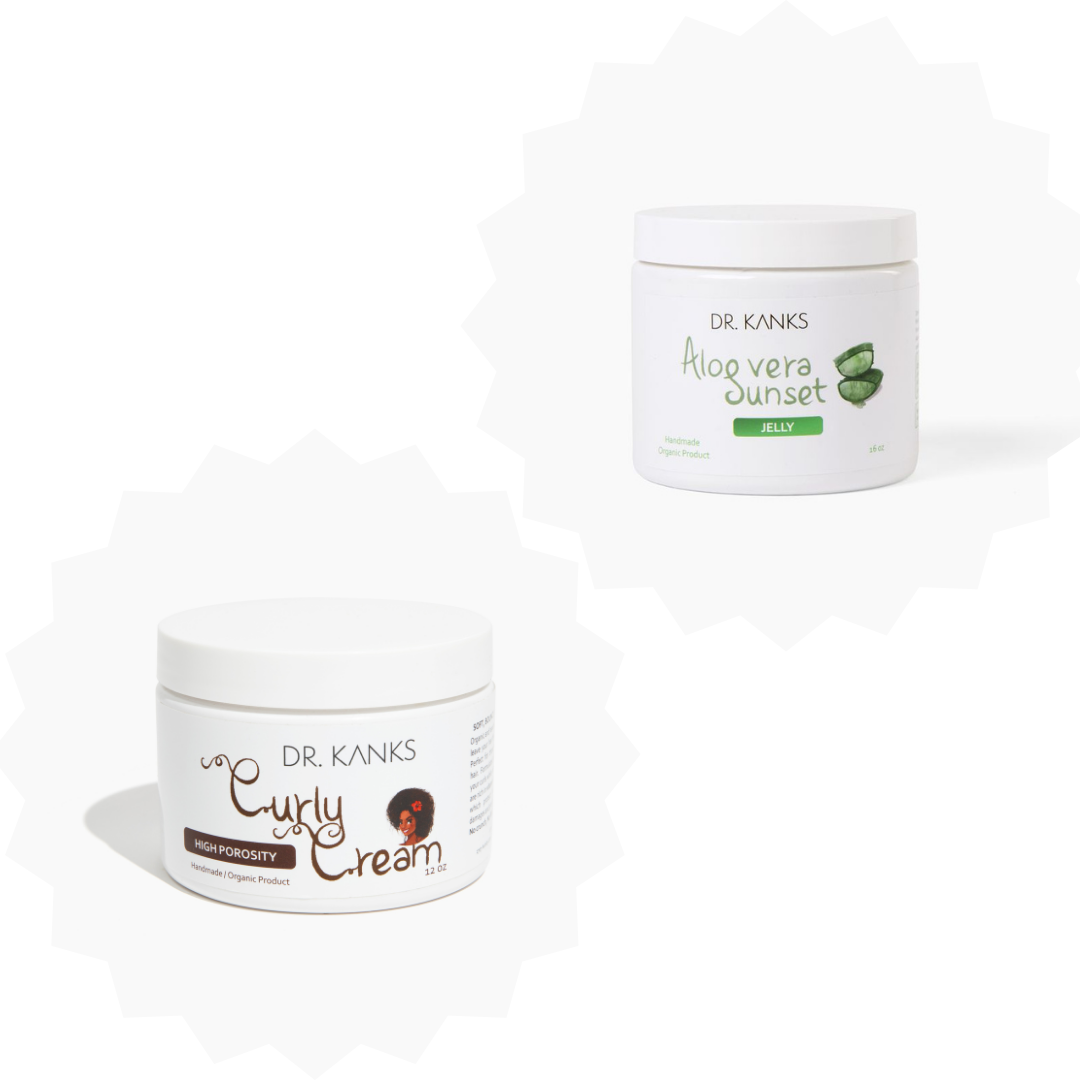
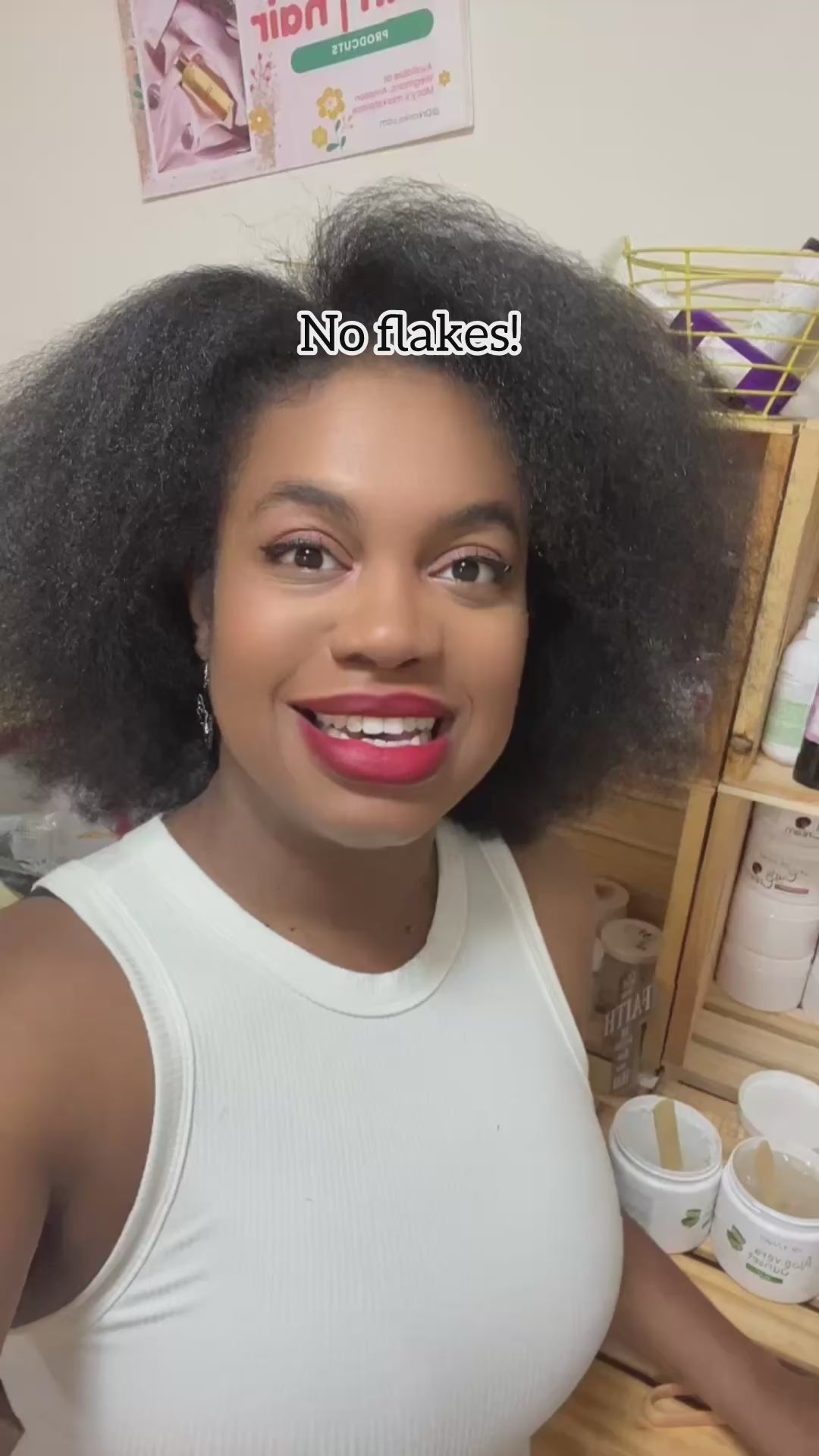
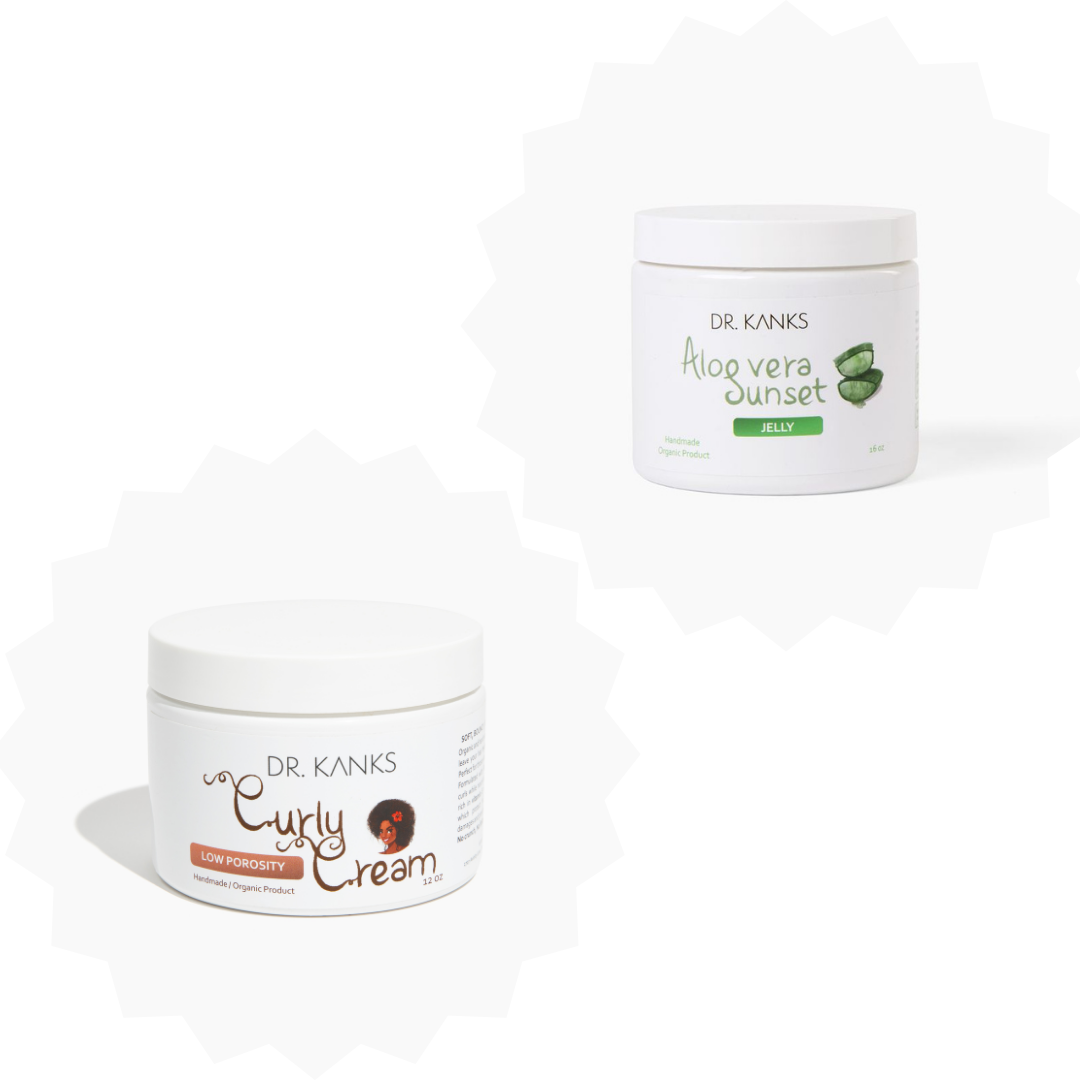
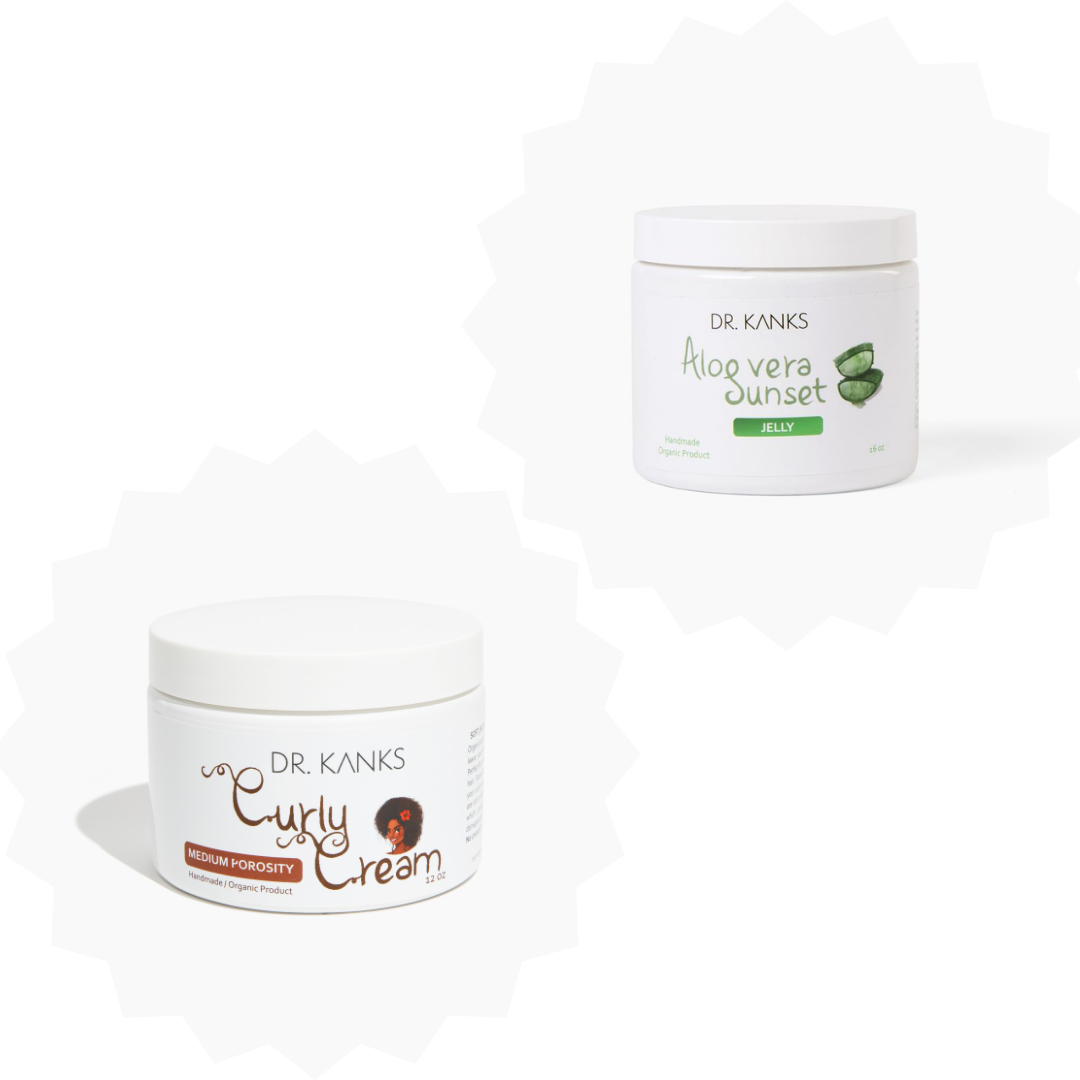
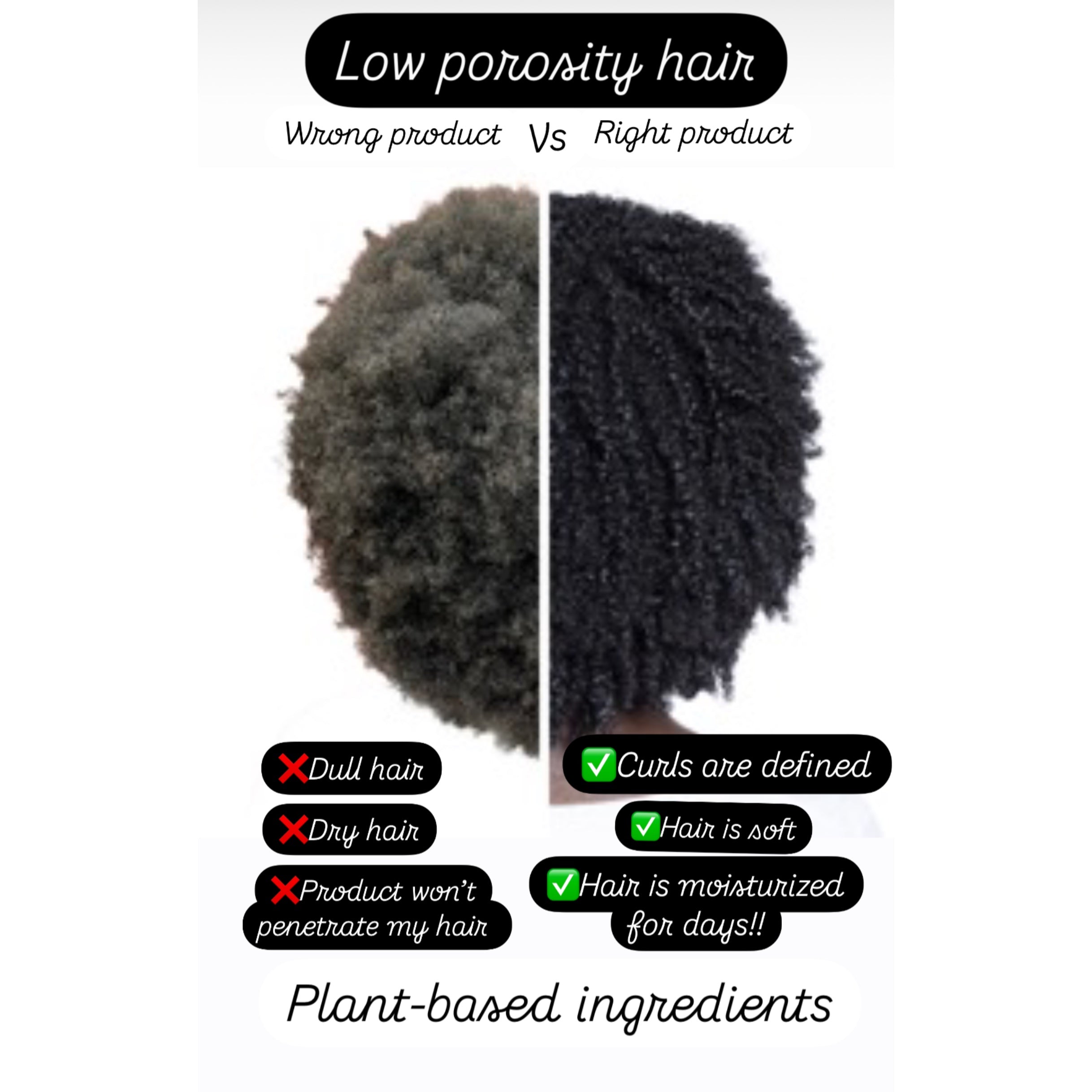
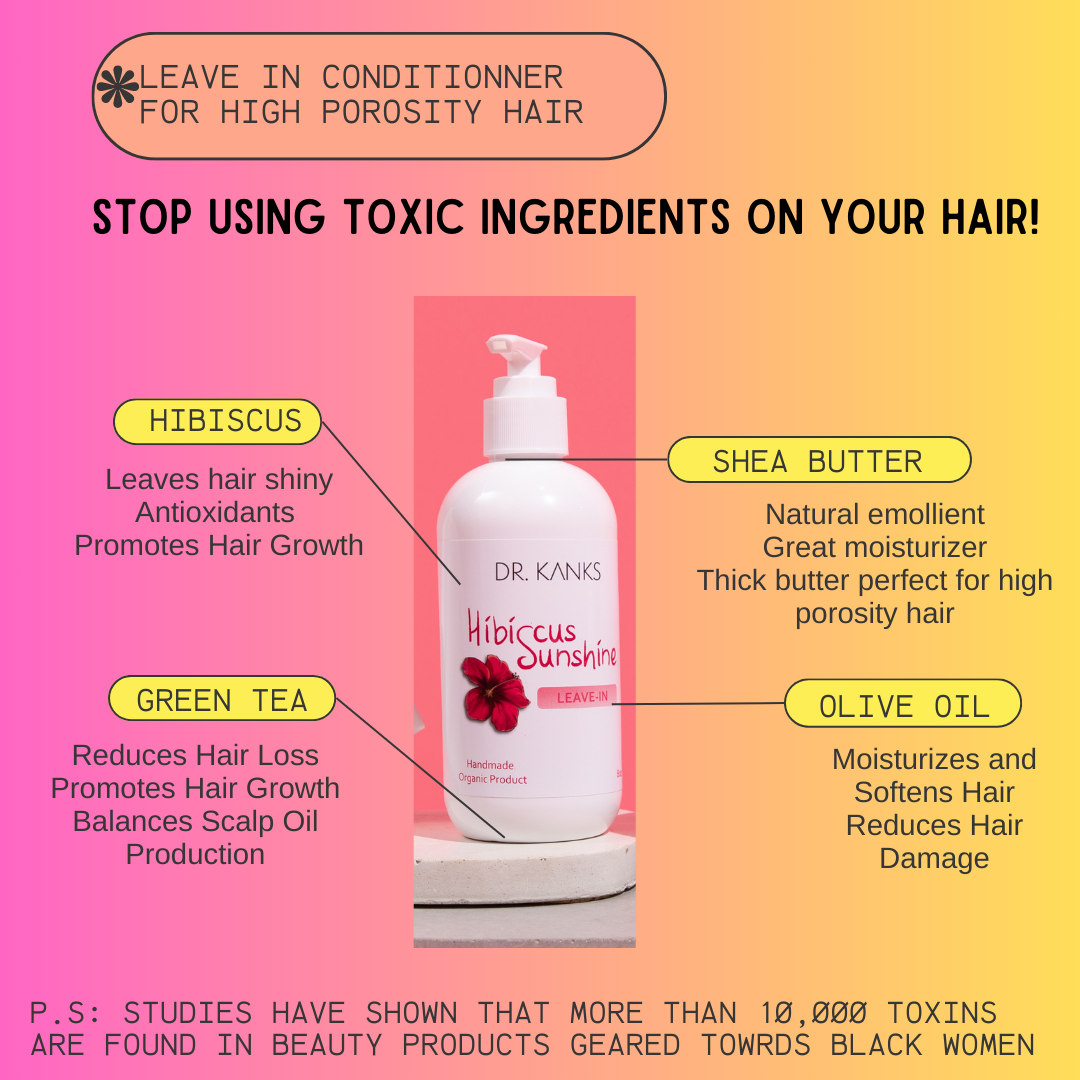
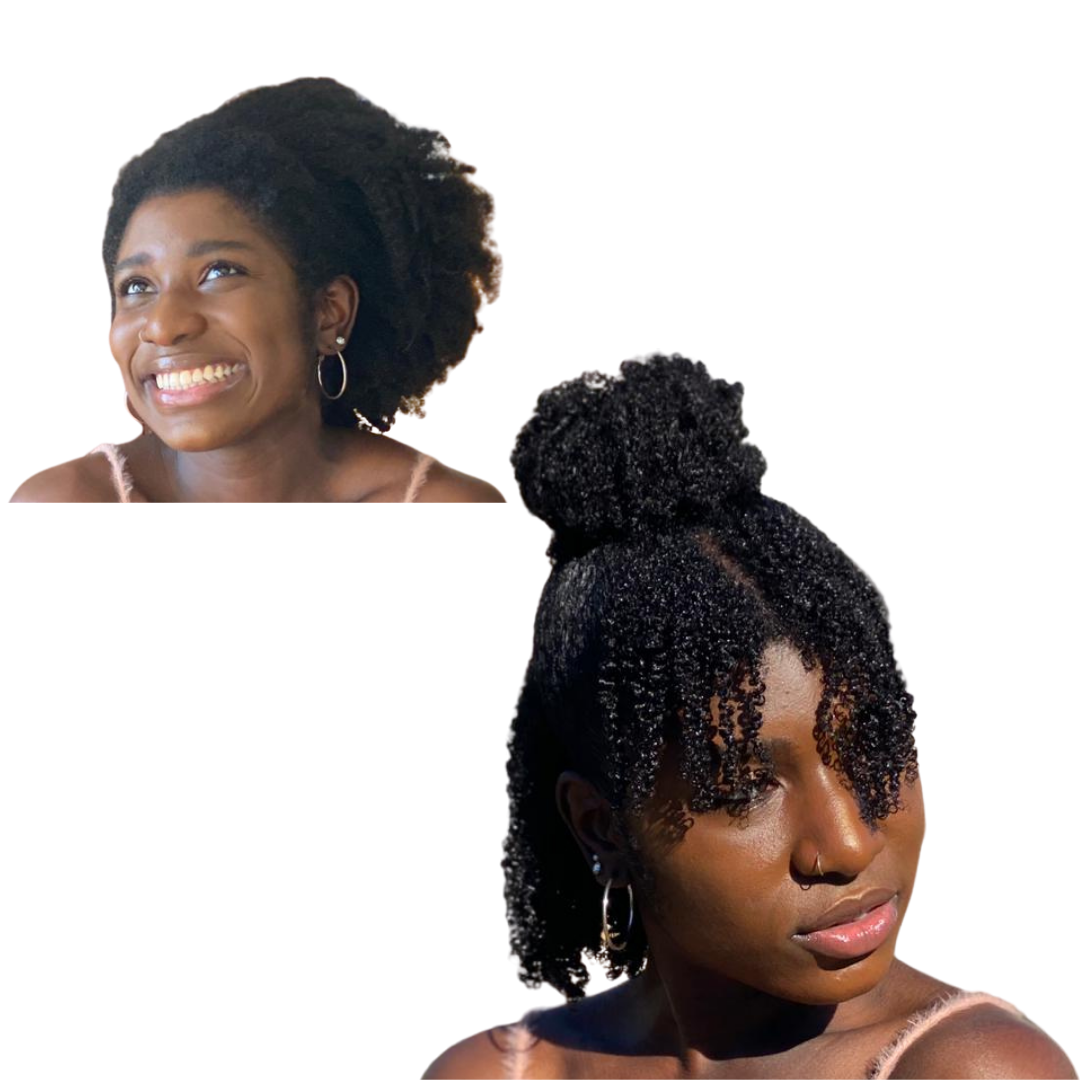
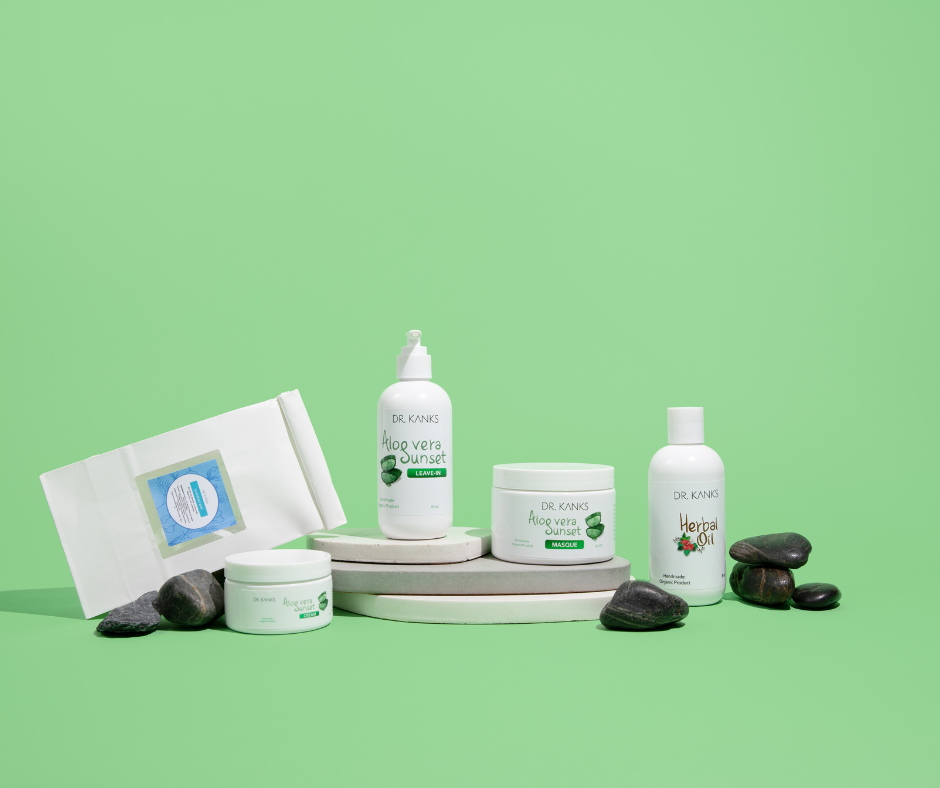
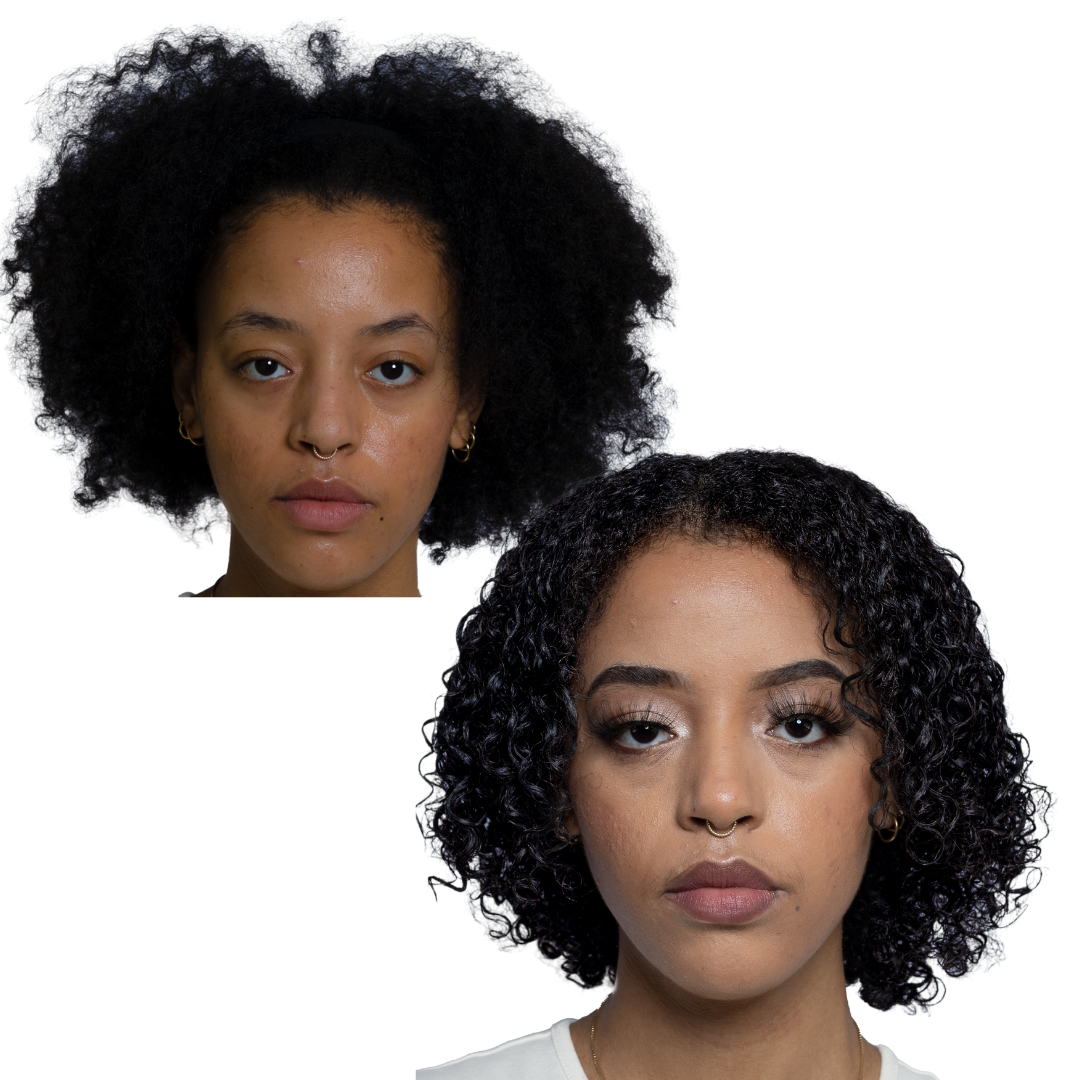
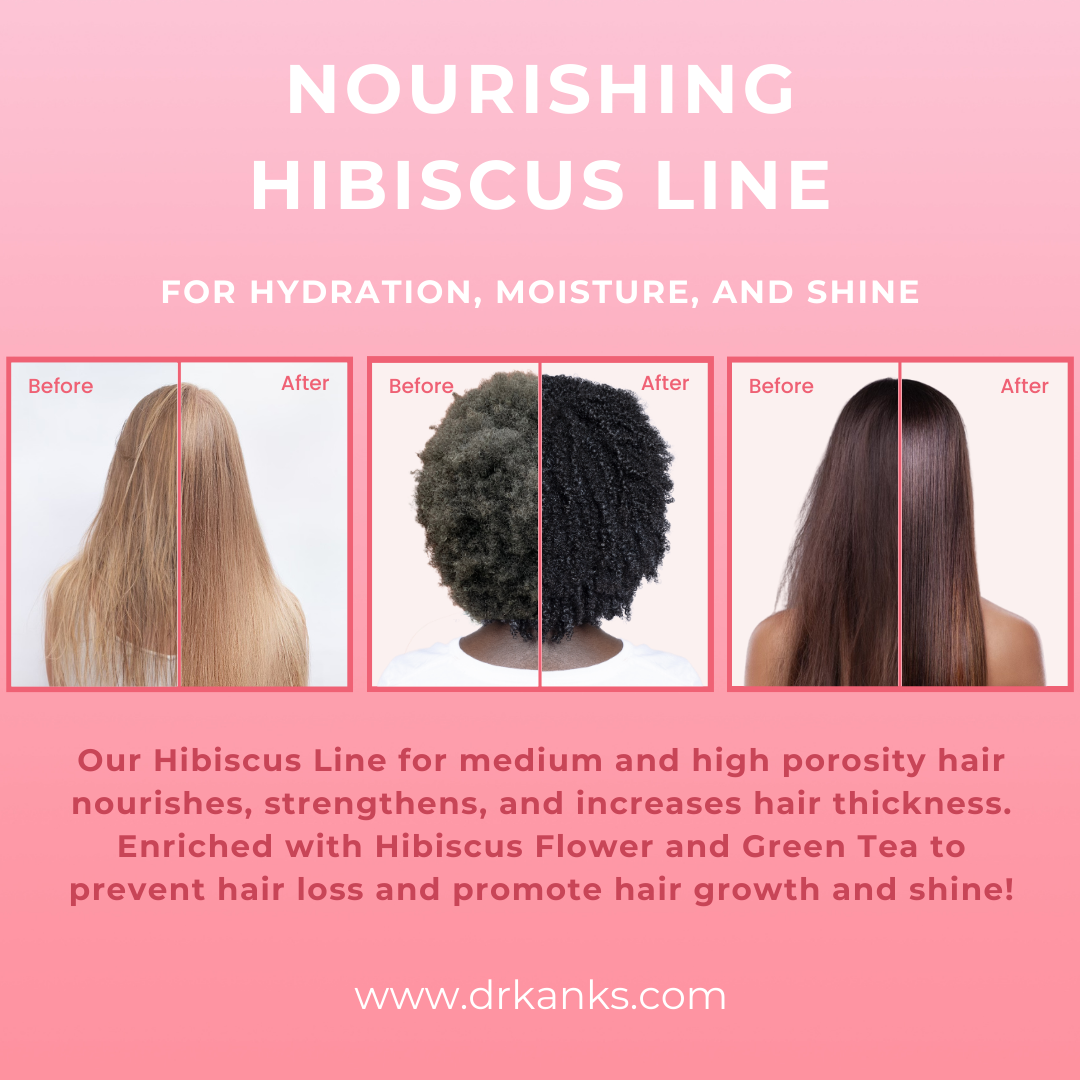
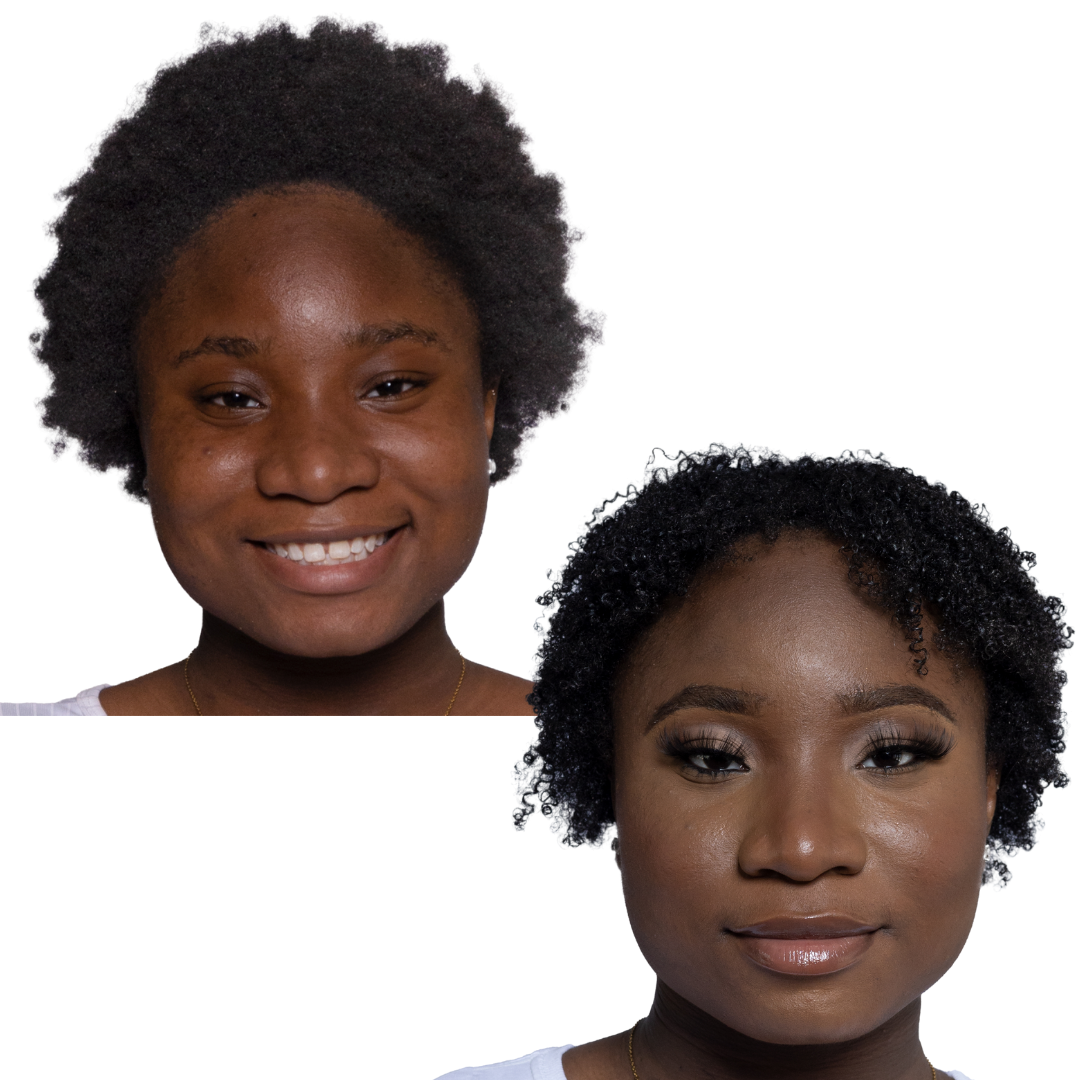
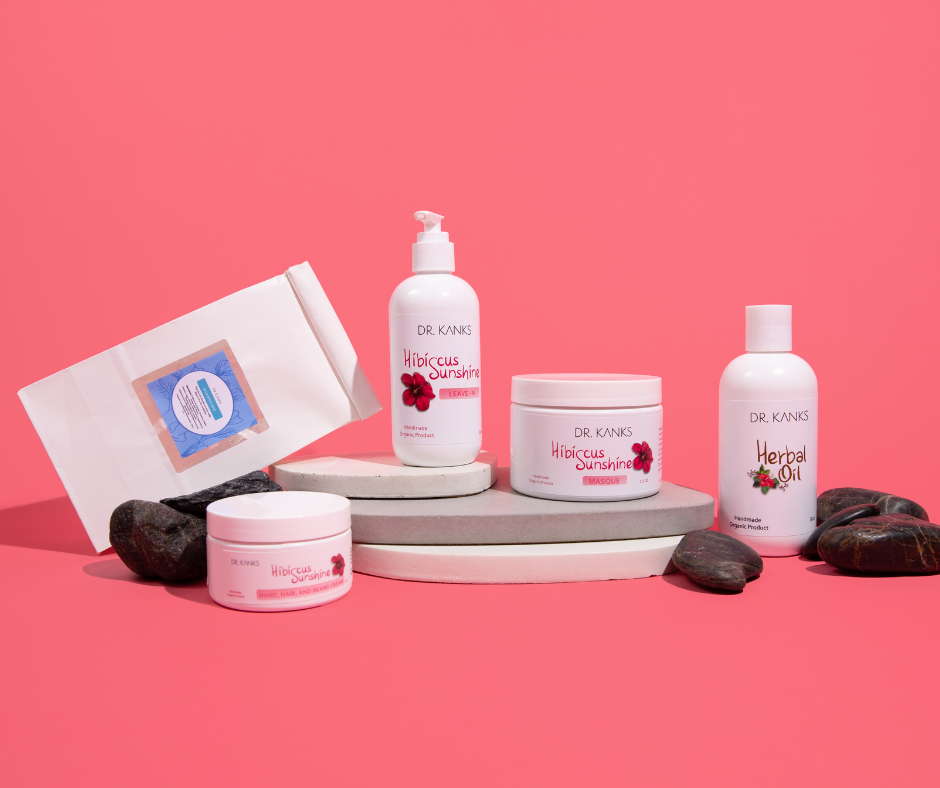
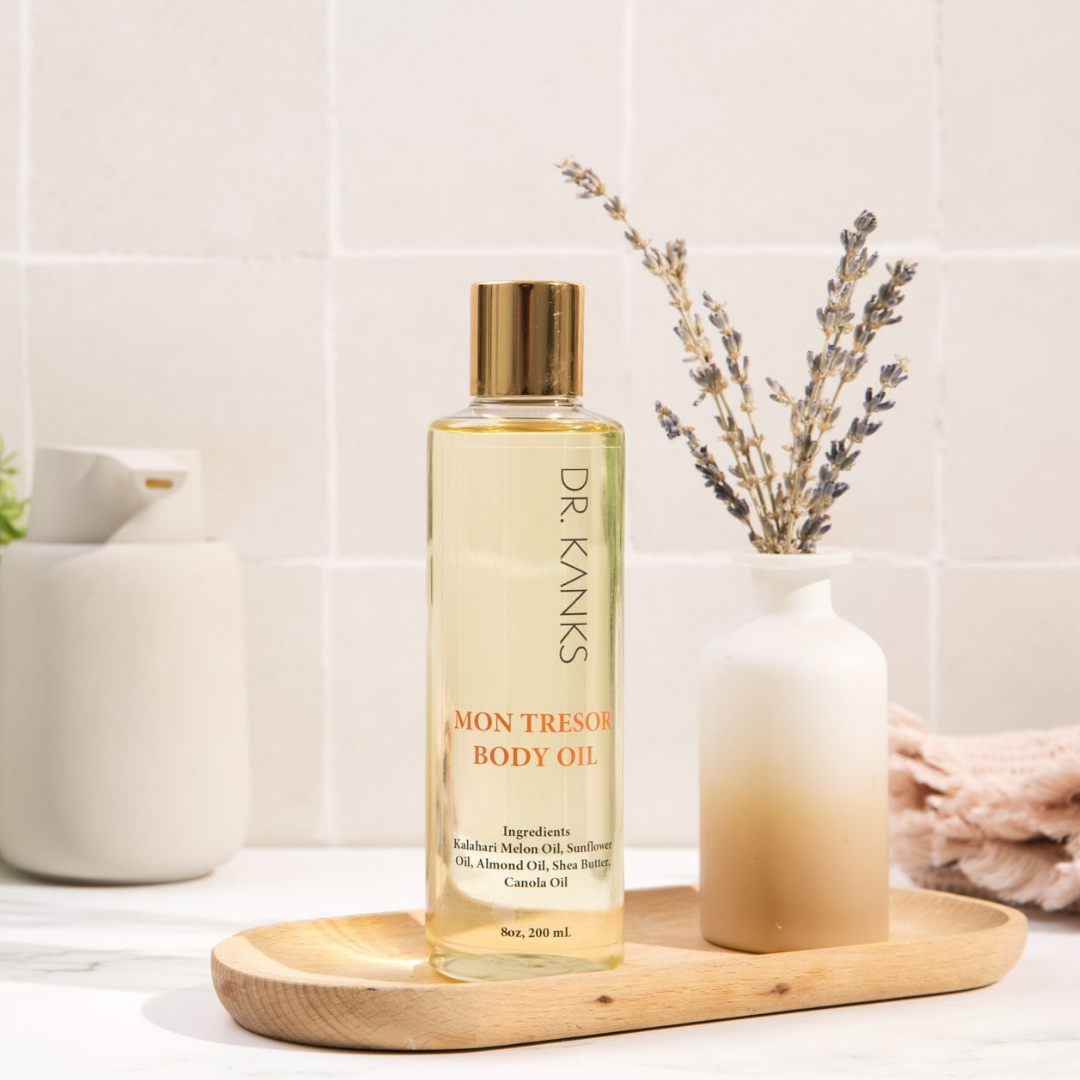
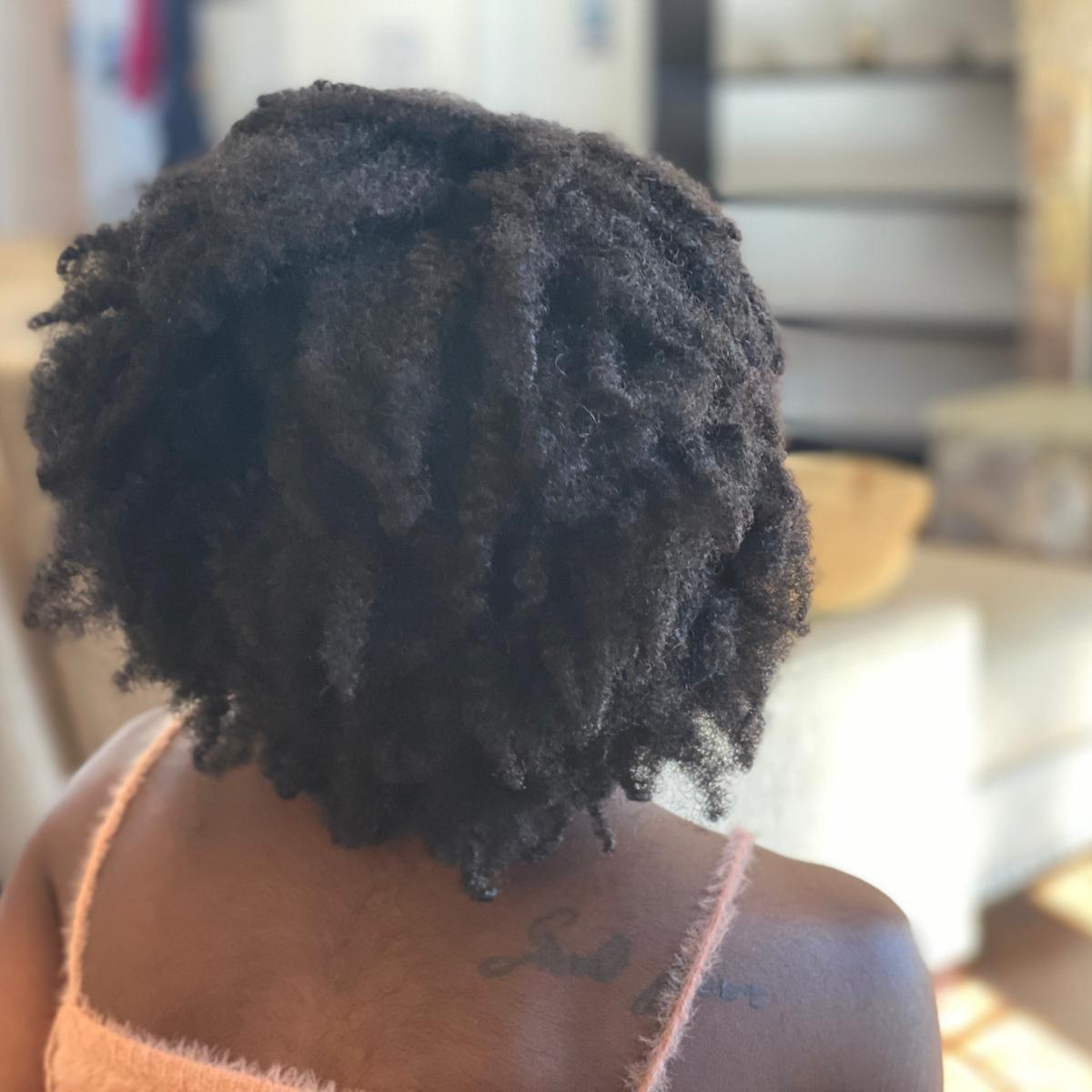
Laisser un commentaire
Ce site est protégé par hCaptcha, et la Politique de confidentialité et les Conditions de service de hCaptcha s’appliquent.